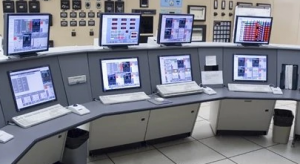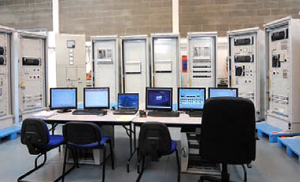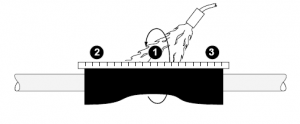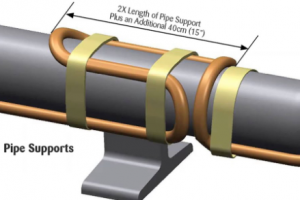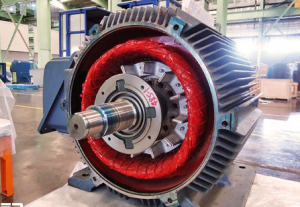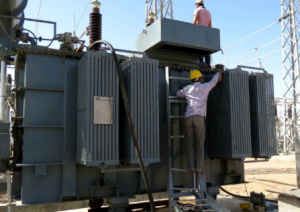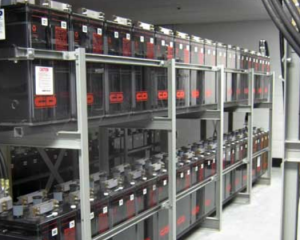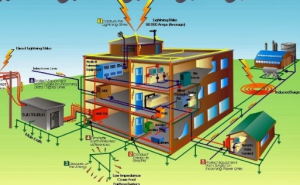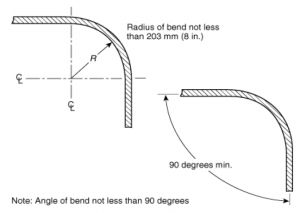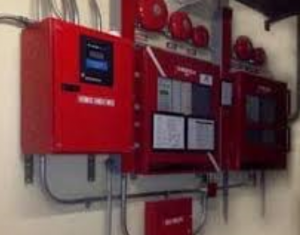CONTROL SYSTEM INSTRUMENT EQUIPMENT INSTALLATION
Industry Codes and Standards
NEMA ICS Enclosures for Industrial Controls and System
IEEE 1100 Powering and Grounding Sensitive Electronic Equipment
NFPA 70 National Electrical Code
Definition of Terms
- DCS – Distributed Control System
- ESD – Emergency Shutdown System
- I/O – Input/Output
- CPU – Central Processor Unit
- FAT – Factory Acceptance Test
- FF – Foundation Fieldbus
- MCT – Multi Cable Transit
- PIB – Process Interface Building
- NEMA – National Electrical Manufacturers Association
- P&ID – Piping and Instrumentation Diagram
- PLC – Programmable Logic Controller
- UPS – Uninterruptible Power Supply
- NEC – National Electric Code
- MCC – Motor Control Centre
- CCR – Central Control Room
- FAS – Fire Alarm System
- HART – Highway Addressable Remote Transducer
- SID – Instrument Segment Diagram
- ILD – Instrument Loop Diagram
- SIS – Safety Instrumented System
- SAT – Site Acceptance Test
- RTD – Resistenace Temperature Detector
PANEL, RACK & DCS CABINET INSTALLATION
- DCS control networks shall be based on IEEE 802.3 CSMA/CD (Ethernet) standard. As per 23-SAMSS-10 Sec. 11.1 para. 11.1.1.
- Ensure that the transport of this equipment’s from the laydown yard to the Process Interface Building should be thoroughly planned. Rigging of big equipment’s such as IRP, DCS, ESD I/O and CPU Cabinets should conform to the manufacturer recommendations.
- Panel, rack and cabinet arrangement shall be checked against the relevant Plan Layout and General Arrangement Drawings and the latest issued and approved for construction drawing
- Where supports are required, these shall be installed in accordance with approved detailed construction drawings.
- All support assemblies installed in the control room to support panels, cabinets, consoles, tray, etc. shall be constructed prior to panel
- Install panels, racks and cabinets based on approved installation drawings, taking consideration all possible obstacles and clearances requirements per project specification.
- Installation of equipments shall be properly plumbed, aligned and fixing bolt tightened. Where equipment consists of a number of panel sections, the assembly shall commence from the center section. Sections on either side of the center shall be alternated, leveled and shimmed as necessary.
- Cabinets, consoles and control panels may be installed on raised floor or bolted to dedicated supports as per approved drawing.
- The installation of cabinets shall be carried out in accordance with the control room layout and detailed instructions of the manufacturer. It shall be approved by EPC/COMPANY and conforms to the latest issued approved for construction drawing.
- Where multiple section desks or cabinets are used, care shall be taken to ensure that all wiring (disconnected for shipping purposes) are connected and re-clamped to its pre-shipped condition.
- All cabinets shall have a nameplate permanently attached.
- Marshalling cabinets shall comply with the requirements of 34- SAMSS-820(Saudi Aramco standard), “Instrument Control Cabinets – Indoors.”
- System Cabinets: Saudi Aramco 34-SAMSS-820 requirements shall be applied for all wiring, cables, terminal blocks and ways ducts located within DCS system cabinets which are associated with the following:
-
-
- Power supply and distribution
- Utility power, lighting, and convenience outlets
- Intermediate terminal strips for I/O wiring
- Grounding
-
